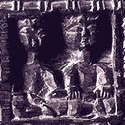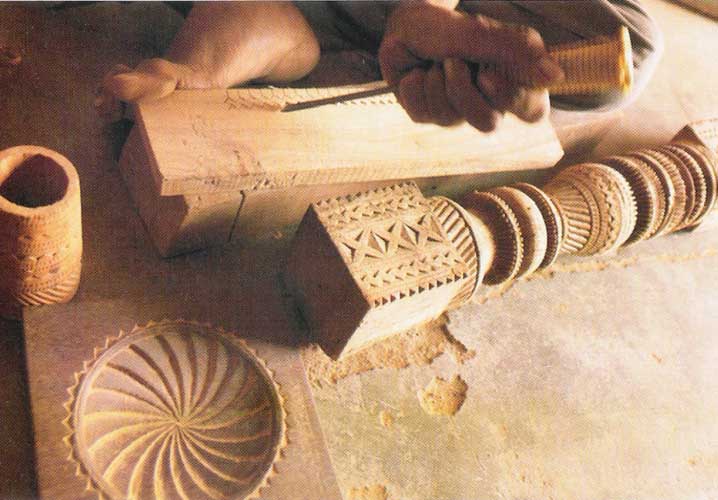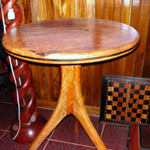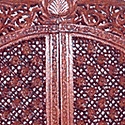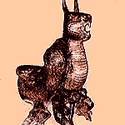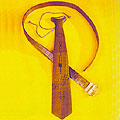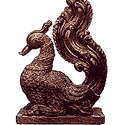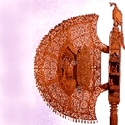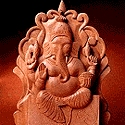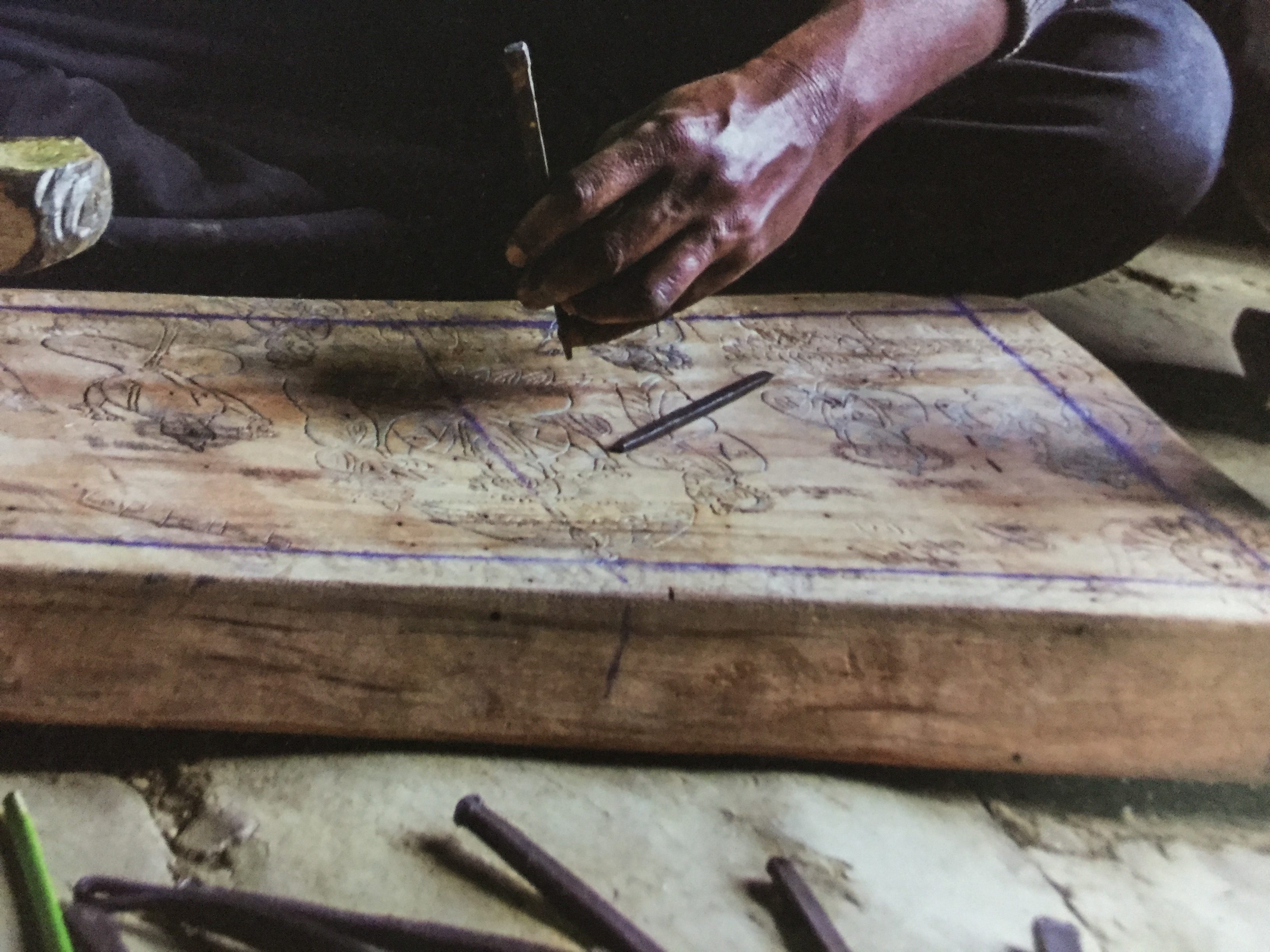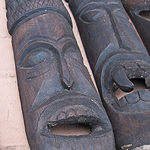Himachal Pradesh is richly forested and the art of wood-carving is well-developed. The fine traditions of temple-carving can be found at Chatrahi and Brahmour with their minute chiselling and skilful sculptural decorations. The temples have flat roofs and rising shikaras, with intricate etchings on pillars and doors in the basholi style. The skills of the wood-carvers is also shown through domestic wares like water pitchers and eating bowls --- the village Koona near Brahmour is noted for them. Chamba specialises in large wooden boxes used for grain storage. These are geometrical in shape and have abstracts or animal motifs on them. Traditional houses have square carved boxes with picture windows, richly carved doors, and brackets of figures leaning out.
Kutch is famous for its wood carving skills across India. backrests of and frames of charpoys, cots and chairs are combined with colourful lathe turned legs. Shallow relief carved patterns are often floral or geometric such as the quarter foil and six petalled flowers. Tools such as chisels, hammers, saws and hand turned lathes etc are used for the crafting process. Products such as cots, cradles, cupboards, hand fans, wooden columns, pillars, brackets etc are created. [gallery ids="176562,176563,176564,176565"]
Wood is used extensively in the lives of the Lao people as is evident from the Buddha images, carved in the finest of woods, intricately carved doors and window frames in Lao temples and palaces, to everyday items such as toys, kitchen utensils, bowls, opium pipes etc. Wood work and wood carving are very popular, second only to textiles, amongst the ethnic minority handicrafts produced in Laos. Wood is often used in conjunction with other materials like bamboo, stone, metal and ceramics to produce objects of both utility and art.
 |
 |

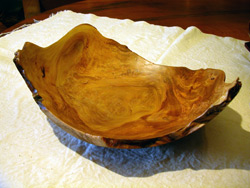 |
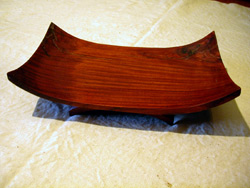 |
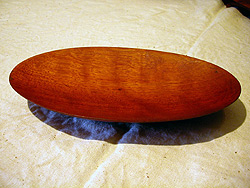 |
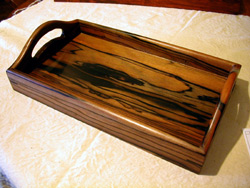 |
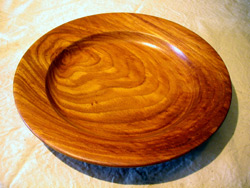 |
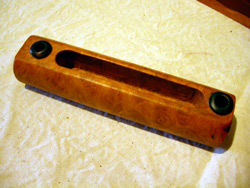 |
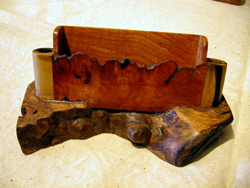 |
 |
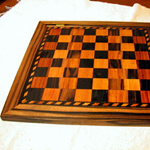
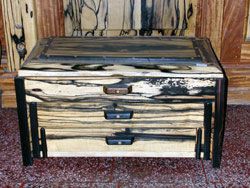 |
 |
 |
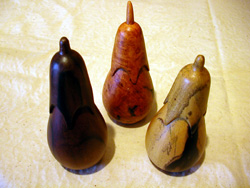 |
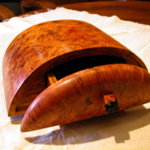
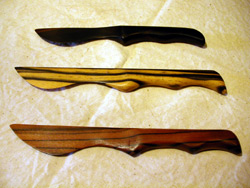 |
 |
This craft is practiced in the Wanla and Cjoglamasar districts of Leh. Items ranging from folding tables called choktse, wooden pot called fehpur, tea mixing pot called gurgur, larger tables, cupboards, ritual bowls, cup with lids to printing blcoks are produced under this craft-form.The tools required for this process are tool box called zagham, sandpaper called kapsack, sharpening tool called jandar, chisels,saw,measuring tape and gouges.
Tribal groups residing in the Betul region include the Gond, Korku, and Bharia. The traditional wooden doors of the Gonds and the Korkus and the memory relief and wedding pillars of the Bharias are unusual and fascinating. Dhar-Jhabua is dominated by the Nimar tribes whose musical implements --- large drums or dhols, mandals, dhanks, and dhags --- are also made of wood. The artistic wooden lamp stands and the 'thal' of the grindstone are made very artistically. The doors, pat or seat, and the supporting beams are made of kumbi wood, and have beautiful carvings of figures of animals and birds, along with various patterns. The chowkies for measuring grains and kangans are also made of wood.
Wood inlay is a stylised craft found in various parts of the country. It involves the placing of small parts of ivory, plastic, horn, or wood into the carved surfaces of the wooden items. Metal pieces of wire are also inlaid into the wood.
In Manipur, two types of wood, locally known as 'want' and 'heijuga', are used for wood-carving. Trees are cut when they reach full maturity and the logs are seasoned for a period of three to four months, in order to preserve the original colour of the wood. 'Wang' wood is lightweight and does not crack easily, whereas 'heijuga' wood needs to be seasoned properly before use or else it warps. The heijuga is weighty. The ancient traditional motifs of Manipuri culture are carved by the artisans. Lacquer work similar to that of Myanmar can also be found in Manipur. The resin is applied in a thickened or liquid state for ornamentation of swords, scabbards, sword handles, and leather belts.
A limited amount of wood carving is done in the Garo hills. They manufacture toys, mainly human figures, animals, and birds.
Dimapur and Kohima are the two important wood carving centres of Nagaland. The carved wooden objects of Nagaland are ritualistic and functional in purpose. Strictly a male craft, it is ceremonial and ritualistic art related to the fertility cult. The carving of human figures, elephants, pythons, hornbills etc are etched high into the pillars of morung or bachelor's dormitory. House posts, gates, drums, husking troughs, grave effigies are all carved elaborately. Simple wooden utensils like food dishes, spoons and mugs are crafted for daily usage. The speciality here is no joints in the objects manufactured. All the objects are made out of single piece of wood.
Wood carving is widely practiced in Tamil Nadu. The famed temple chariots are made of wood and are full of intricate carvings. The Padmanabhapuram palace in Kanyakumari district is an exquisite wooden palace, a striking example of the detailing in wood-carving in Tamil Nadu. Built in the 19th and 20th centuries, this has intricately carved roof gables, lathe-turned columns, carved window grills, decorated wooden ceilings. The ancestral homes are found in the districts of Ramnad, Pudukottai and Thiruchirapalli. Even today house entrance doors made of wood have detailing done on them as the front door is considered a sacred threshold. The carvings on the door panels are of Hindu deities and auspicious motifs like the hamsa/mythical swan, padma/lotus, poornakumbha /cornucopia, kaamadhenu and patterned floral motifs. Other carved wooden items made are small shrines and deities, low carved stools for marriages, carved fans for the deity, fertility couples and various small ceremonial containers. The carved panels of deities fixed to either end of a metre-long pole were the other ceremonial items. These panels are called kavadi and afre carried on the shoulders of a person to fulfill the vow to Lord Murugan or Karthikeya. Intricately carved wooden kitchen instruments such as grinders, vegetable cutters, serving ladle holders are items given in dowry. The range of skills is also exhibited in carved wooden smaller objects like wooden covers for manuscripts, spices and kumkum boxes and games and toys. Toys made of wood are lathe-turned and lacquered, especially the cooking vessels and walkers known as kadasal. These are brightly coloured, inexpensive and are popular all over the state. Carved wooden toys dolls and elephants which exhibit the range of skills of the artisan are also made.
The wood work of Rajasthan is of a very high quality. It is seen in the profusely carved doors and projecting niches and balconies of houses. Carved furniture, mainly beds and divans, are found in Barmer. Jali as well as other wood-carving is found in Bikaner. Bassi, near Chittogarh, has a reputation for high-quality wood-carving and painting and the products made here are mainly for ritual use. The other product made is the kavadh which is wooden shrine opening out into seven panels with painted scenes; the sindoor box in the shape of a peacock given to the girl as part of her wedding trousseau is also important. Pipar and Bhari Sajanpur in Pali district make finely sectioned, turned bowls which are exquisitely proportioned and meant for the use of Jain monks. These bowls are paper thin and are made form rohida wood.
Wood craft, an ancient art form was originally patronised by the Buddhist monasteries, where ornate wood plaques, Buddhist symbols and icons continue to adorn the walls. Wooden images of Lord Buddha, and wooden containers and utensils are extensively used in Sikkim. The local Sikkimese use a wooden pot for churning curd to make butter, where the churner is also made of wood.
Intricately carved, painted and polished Choktse or small foldable wooden tables aptly define the intricacies involved in this art form. Other exquisite carved products include Bakchok – square table, lucky signs, decorative plaques amongst others where the design style predominantly includes traditional Buddhist figures - dragons, birds and phoenix. Wooden masks, also an ancient craft is particularly famous in Sikkim for its depiction of diverse emotions from serene, calm, spiritual to aggression and intensity.
Wood is the main raw material and locally sourced forest wood of 3 types – namely tooni (toona celiata), rani chaap (macalia exelsa) and okner (walnut) are said to be in use in Gangtok, Sikkim for wood carving.
The design process starts with sketching on paper which acts as a stencil for the design to be transferred onto smoothed and cut wood. The design is traced as the charcoal seeps in through the holes created on the outlines. Once the wood is ready, several types of tools – knives, curved and straight chisels – locally known as Tikkyu and Ika respectively, hammer, saw, drilling machine etc., with varied thickness and nibs – from flat, angular to curved, are used to achieve the required intricacies in the final product. The craftsmen use straight and curved chisels to work free hand without using any references. Finishing includes smoothing, coating with a layer of primer before painting in varied colours - orange, golden, red, blue, pink, green, brown and ending with a coat of protected varnish.
Wood carving is widely practiced in Tamil Nadu. The famed temple chariots are made of wood and are full of intricate carvings. The Padmanabhapuram palace in Kanyakumari district is an exquisite wooden palace, a striking example of the detailing in wood-carving in Tamil Nadu. Built in the 19th and 20th centuries, this has intricately carved roof gables, lathe-turned columns, carved window grills, decorated wooden ceilings. The ancestral homes are found in the districts of Ramnad, Pudukottai and Thiruchirapalli. Even today house entrance doors made of wood have detailing done on them as the front door is considered a sacred threshold. The carvings on the door panels are of Hindu deities and auspicious motifs like the hamsa/mythical swan, padma/lotus, poornakumbha /cornucopia, kaamadhenu and patterned floral motifs. Other carved wooden items made are small shrines and deities, low carved stools for marriages, carved fans for the deity, fertility couples and various small ceremonial containers. The carved panels of deities fixed to either end of a metre-long pole were the other ceremonial items. These panels are called kavadi and afre carried on the shoulders of a person to fulfill the vow to Lord Murugan or Karthikeya. Intricately carved wooden kitchen instruments such as grinders, vegetable cutters, serving ladle holders are items given in dowry. The range of skills is also exhibited in carved wooden smaller objects like wooden covers for manuscripts, spices and kumkum boxes and games and toys. Toys made of wood are lathe-turned and lacquered, especially the cooking vessels and walkers known as kadasal. These are brightly coloured, inexpensive and are popular all over the state. Carved wooden toys dolls and elephants which exhibit the range of skills of the artisan are also made.
The diverse traditions and religions in Tripura are visible in the wood craft. Wood-carving is widely practised among the hill tribes as well as among those settled in the plains, although the nature of the carving differs. Rhinoceros models and tribal figures can be seen together with wooden plaques of Hindu deities like Durga and Kali.
Uttar Pradesh is well-known for its wood work and there is a large variety of wood used here including sisam, sal and dudhi. The wood work done at Saharanpur has the typical perforated lacy work. For the big pieces small lattice frames are made and fitted together. The wood used here is a rich medium-brown shisham with deep grains. The wood carvers at Saharanpur have a natural skill for fine handwork and the fret work --- jali, mehrab or archways motifs --and grapevine or the anguri work are similar to the stone design work of Agra. Brass, copper, ivory and plastic inlay work is also done here. Inlay work in Nagina is done on ebony wood. Popularly known as the “sheesham wood village”, Saharanpur is home to some of India's finest woodcarvers. The city is internationally famous for this craft and its artisans who have been creating magic for years. They “breathe life into dead trees” is how they like to put it. Intricate and fine workmanship are what makes these products unique. The vine-leaf patterns are a speciality of this region. Geometric and figurative carving is also done along with superb brass inlay work. Other materials like wrought iron, ceramics and glass are being combined with wood to give a new dimension to the craft and “contemporize” the traditional products. A wide range of wood types is used to make products: sheesham for small items, teakwood for furniture and mango for antique objects. All of them go through the same basic steps: slicing, carving, inlaying, sanding, polishing and assembling. Craftsmen specialize in one (or more) of these processes, and continue practicing what they are good at every day. As a result, each product is actually handcrafted by not one karigar but many. People in Saharanpur have always been working with wood. More than four lakh people are directly or indirectly involved in this craft, which still thrives on daily wages.
In Uttarakhand, there are more than 3 dozen types of different species of wood that have been used for constructing houses, doing ornamental work, and carving agricultural implements and domestic products. The ancestral houses and temples of Uttrakhand were constructed from wood and stone. Access to these forests for produce hence was filled superstitions and taboos.
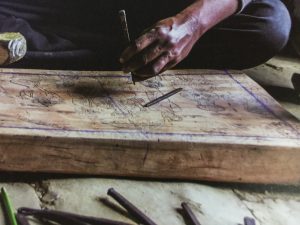
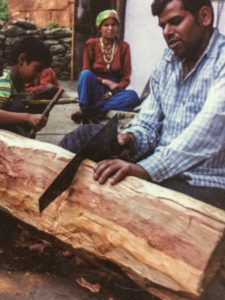
Some of the best examples of wood-carving in West Bengal are found in the pillars, brackets, beams, and rafters of traditional chandimantaps, village community halls which are the centers of rural culture. The carvings are floral and geometric. The roof was covered with the local golden grass reeds bound together in geometric patterns by cane to hide the bamboo framework. Examples of chandimantaps are at Atpur and Sripur-Balagarh in Hooghly district and Ula-Balagarh in Nadia district. The raths of Bengal are made of wood decorated with carved panels of floral or geometrically sculptured figures and a pair of wooden horses. The carvings and figures are in folk style for the raths, while those for the chandimantaps are in the classical style. Carved wooden images are seen in many village temples and domestic shrines. Among these carved figures, folk gods and goddesses are almost as numerous as the classical figures. Even figures carved in the classical tradition have a simple but expressive folk style. The figures are painted in symbolic colours and the images are carved in neem or bel wood. Sutradhar craftpersons of Kalna in Burdwan traditionally make huge platters and bowls in many interesting shapes hewn out of a large block of mango wood. In a few villages in the Howdah and 24 Parganas districts there are both Muslim and Hindu wood-carvers who specialize in fine carving; they make delicately carved wooden panels and decorative furniture in teak, sisam and mahogany. Except for the semi-tribal group of karangas, who make turned wood items in the Susunia Hapania forest region of Bankura district, there is no tradition of wood- turning in West Bengal.
The large number of temples in Kerala and the doors, windows, and ceilings of most ancient taravads or ancestral homes show the high level of craftsmanship prevalent in wood-carving. The wood used is mainly deep-brown teak. These elegant taravads are the ancestral homes of the Nair community and are built in a specific pattern around a central courtyard called nalukettu. The rooms have massive teak doors, studded with brass. Rich carvings are found in the archways of these doors and the ceilings have scenes from religious epics, as well as flowers, foliage and animal motifs. A lot of sculptural and relief work is found as part of wood work done there. The motifs found in the woodwork are Puranic scenes and depictions from the epics, along with human figures, animals, birds, trees, and flowers. Rathas or temple chariots used during certain ceremonies showcase the artistry and technical mastery of the craftspersons of Kerala. Painting on wood is found in Kerala, especially in churches which are rich in wood carvings. Wood-carving is a highly evolved craft in Kerala, and the best examples are seen in the temples and churches. The tools used include the Kanupmattam - right angle Chinderam, planars, traditional bow and drill, chisels - flat, half rounded, V shaped and pointed; files - flat file, half round file and V shaped file and the saw. One of the richest examples of wood-carving is the Mahadeva temple in Katinakulam near Trivandrum. The ceiling is beautifully carved with Brahma, the god of creation, sitting on a swan in the centre. Elephant carving is also a specialisation here and elephants are produced in a variety of postures and sizes. Products include fluted coloumns topped by ornamental capitals, carved lintels, latticed shutters and slatted panels door and window shutters, brackets resembling stylized floral forms or composite animals, statuary, lion headed joists ,relief carved panels, wooden ceilings divided into panels, bearing a relief carved motif of a lotus, deity or dikpala, guardians of the cardinal directions; Idols and Decorative artifacts. Produced mainly in Chakai, Muttathhara, Manachaud, Palkulangara, Poonthura, Kulathoor, Karamana, Kurmampura, Vazhutacaud,Vellandad in Thiruvananthapuram district
